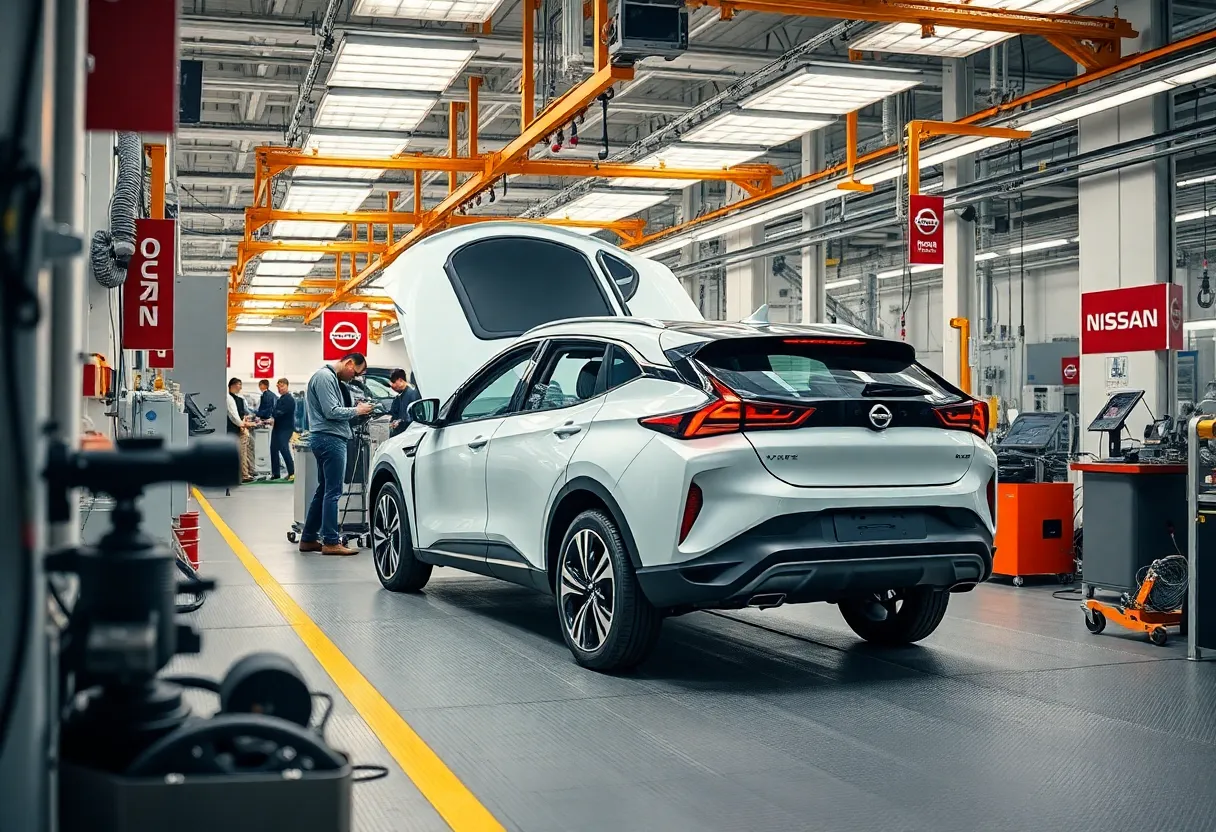News Summary
Nissan Motor has announced plans to cease vehicle production at its Wuhan plant in China by March 31, 2026. The decision is driven by declining operational efficiency and intense competition from local automakers, with the plant recording only 10,000 vehicles produced since its opening in 2022. Amid a significant predicted financial loss, concerns arise for employee job security and industry adaptation as Nissan navigates the evolving automotive landscape focused on electric vehicles.
Nissan to Halt Production at Wuhan Plant by 2026: What You Need to Know
In a move that has caught the attention of many, Nissan Motor has announced plans to stop vehicle production at its Wuhan plant in China by March 31, 2026. This decision stems from the plant experiencing a significant drop in operational efficiency, largely due to intense competition from local Chinese automakers.
What’s Happening at the Wuhan Plant?
The Wuhan facility has a potential output capacity of 300,000 vehicles annually, but since it opened its doors in 2022, it’s produced a mere 10,000 units each year. That’s a far cry from its intended capability! The plant is primarily responsible for manufacturing Nissan’s Ariya electric vehicle and X-Trail SUV, two models that have captured consumer interest but have struggled to meet sales expectations.
Why the Shift?
The automotive landscape in China is shifting rapidly, and the competition among local manufacturers has created a challenging environment for foreign companies like Nissan. As local brands gain momentum and consumer trust, Nissan’s plant has found itself at a crossroads, leading to the tough decision to cease operations.
The Financial Context
What’s Next for the Employees?
As with any operational closure, concerns about job security for the workers at the Wuhan plant are mounting. Nissan has not publicly commented on the specific implications for employees, but closures like this typically raise questions about the future for those who work at the facility. It’s crucial during this time that Nissan communicates effectively with its workforce and provides support as the timeline progresses toward the closure date.
The Bigger Picture
Nissan’s strategic move reflects broader trends in the automotive sector, where companies need to be nimble and adaptive to survive. The rise of local carmakers has prompted many foreign firms to reconsider their footprints in Asia, adapting to the evolving preferences of consumers who are increasingly leaning towards homegrown brands. With electric vehicles (EVs) gaining traction, Nissan may focus on other markets or models that can help regain its competitive edge.
Looking Ahead
As Nissan prepares for this significant transition, it’s an important moment to reflect on how the automotive industry is reshaping itself in response to fierce competition and changing consumer demands. EVs are becoming more than just a trend; they represent the future of transportation, and companies that can adapt quickly will likely thrive.
In conclusion, while Nissan’s decision to cease production at its Wuhan plant marks a notable shift in its operational strategy, it also highlights a wider narrative within the global automotive market—one marked by innovation, competition, and the need for adaptation as the industry continually evolves. Keep an eye on how Nissan navigates this challenging period, and let’s see where the electric vehicle revolution takes us next!
Deeper Dive: News & Info About This Topic
- Reuters
- Investing.com
- Channel News Asia
- Wikipedia: Nissan
- Encyclopedia Britannica: Nissan Motor Co., Ltd.








